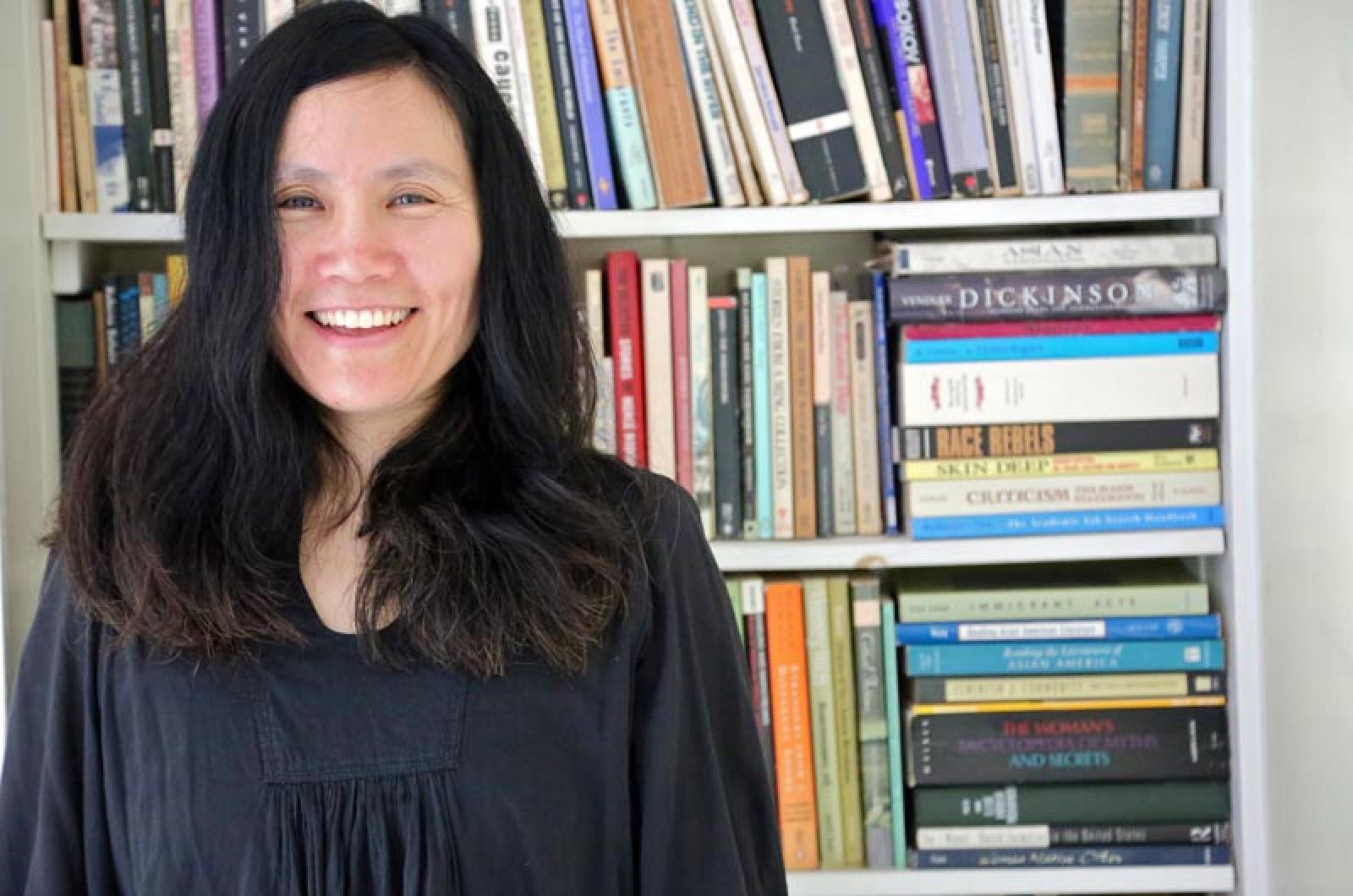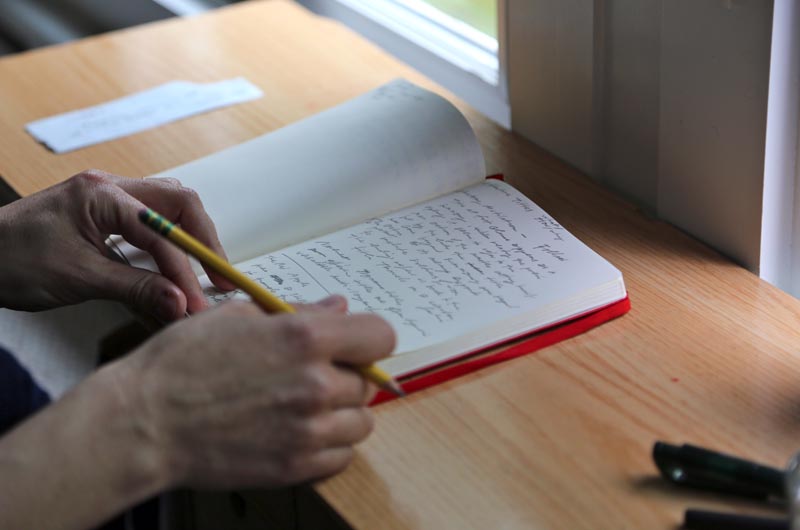On the day Jennifer Tseng’s daughter was born, her father called her at the hospital. He called to congratulate her, but also to tell her he was having health problems which at the time were unknown. The illness turned out to be terminal cancer.
Red Flower, White Flower is Ms. Tseng’s first book of poetry since that phone call. In it she looks at the intersection between the extreme emotions that came in the years after her daughter’s birth, and the ways that these emotions converge.
“My experiences of him dying and her being born and growing up are inextricably linked,” said Ms. Tseng. “Both experiences are enriched and meant more to me because they were happening in tandem.”
The poems are sewn together by life, death, love and fear. All of these seemingly conflicting aspects of life are present on every page. The collection is split into three sections, Red Flower, A Fabled Bridge and White Flower. In Chinese culture, red is the color of joy and white is the color of death.
“As I started to write about these roses, these two sections developed. There was this red section and this white section, but the deeper I went into them, the more red things would appear in the white section and white things would appear in the red section. It was like I couldn’t keep them apart. These emblems of happiness and death seemed endlessly intertwined.”
But rather than focusing on life or death, the poems ruminate in the space between. The objective of the poems is not necessarily to tell a story, but to freeze the reader in time. It would be reductive to try to pull a single meaning or message out of this work. Part of the beauty of the collection is in the unknown and the mystery that ties one moment to the next.
This mystery is magnified by the Chinese translations that appear beside each poem, translated by Mengying Han and Aaron Crippen. Although most readers will not be able to understand both versions of the text, by putting them side by side, Ms. Tseng forces the reader to confront the unknown. Ms. Han and Mr. Crippen’s translations do not just open up the texts to a multi-cultural audience, they completely reshape the meaning of the text.
“[The translations] create this constant presence of a shadow, of an unknown, of another world. A lot of the poems deal with that. They deal with two or more ways of doing things or understanding things,” said Ms. Tseng.
Although the poems in Red Flower, White Flower were written over the course of just a few months, the content covers several years of Ms. Tseng’s life. After her daughter, Xing, was born, Ms. Tseng took a hiatus from writing. Spending so much of her time with her daughter, she struggled to find the time to put pen to paper and write.
By coincidence, just as Xing started preschool, a poem by Lee Herrick turned Ms. Tseng’s attention to flowers, specifically roses. She started to separate all of the events and emotions from the previous years into the categories of red and white flowers. The joyous red moments such as her daughter’s birth blended together with the solemn white moments of her father’s death. With Xing in school, Ms. Tseng started to convert all of these experiences into poetry. She found that she was writing faster and wasting less time than she had before her daughter was born. It was like the poems had already been written; she just needed to capture them on paper.
“I think that all of that time I had been writing, just not on paper. I don’t think I ever could have done this if I hadn’t taken that period of seeming dormancy,” said Ms. Tseng.
While the specific details in Red Flower, White Flower are all strikingly personal, the overarching themes are universal. Ms. Tseng talks about the “bittersweet bouquet” of experiences in the years after Xing’s birth.
Now that Red Flower, White Flower has been completed and released, Ms. Tseng is taking some time away from poetry. She is currently writing her first novel, Mayumi and the Sea of Happiness, which takes place on Martha’s Vineyard and reflects on the experience of living on an island. The novel is forthcoming from Europa Editions.
Two Flowers
I loved the wrong flower. Its color
of apples & fire & blood
from a body just opened
by the world’s knife.
There was one without color
that waited for me. The one
I should have loved
I could not see.
– Jennifer Tseng
Jennifer Tseng will give a reading at the Bunch of Grapes Bookstore on Wednesday, June 4, beginning at 7 p.m. There will be a book launch party on June 7 from 6 to 8 p.m. at the Noepe Center for Literary Arts, Main street, Edgartown.








Comments
Comment policy »